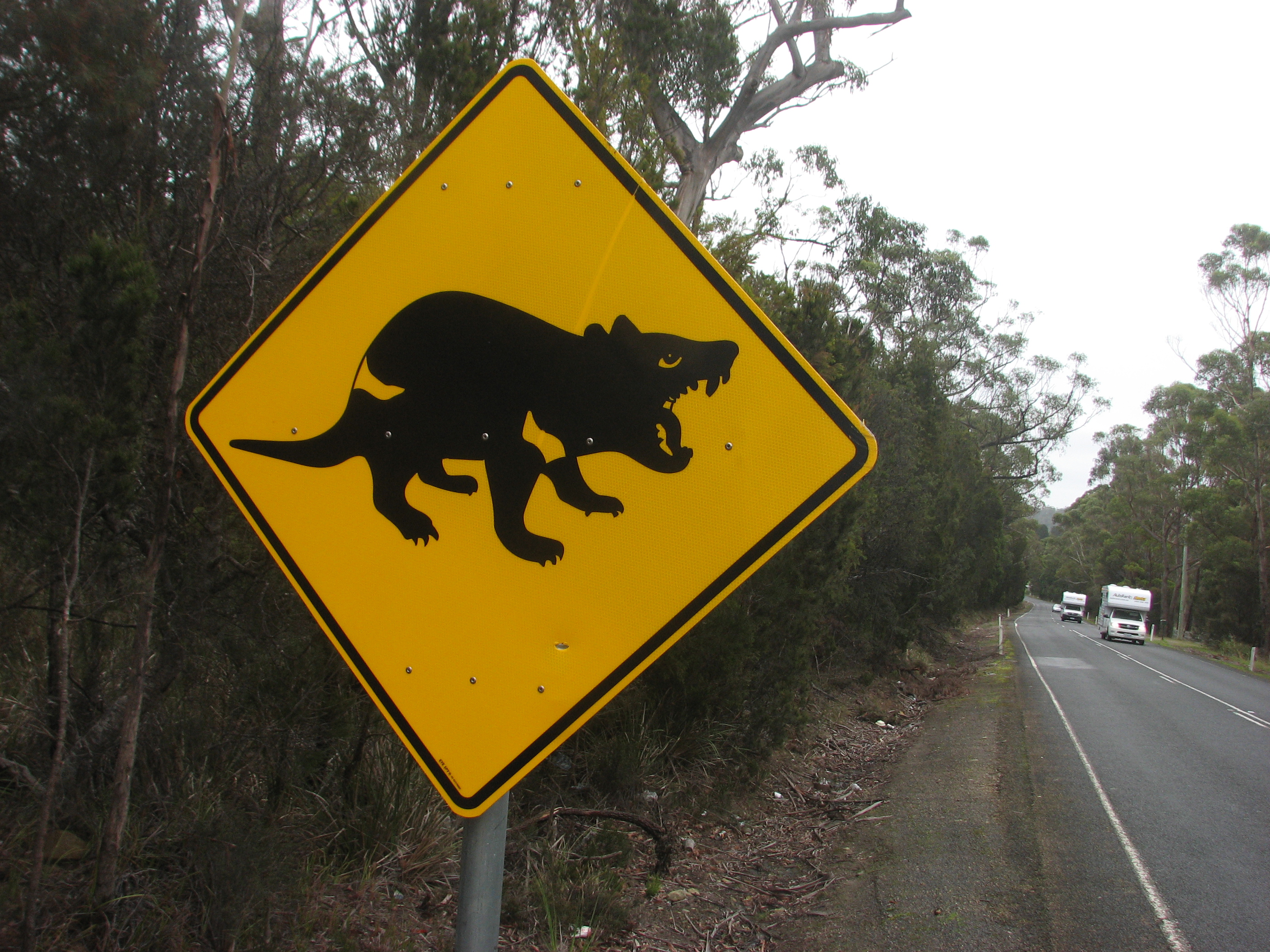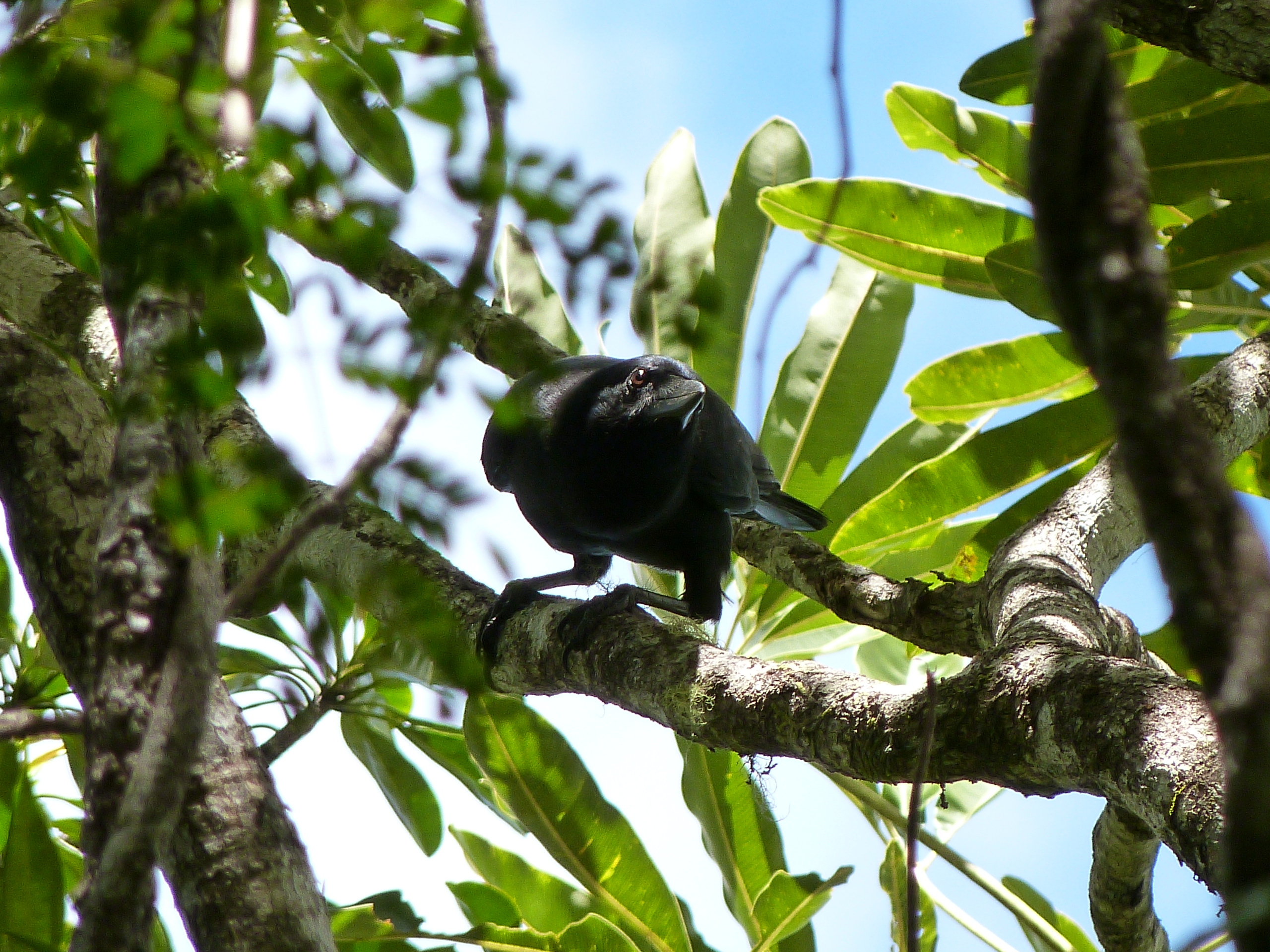Since the emergence of the facial fungal disease during the mid-1990s that has decimated Tasmanian devil populations in the wild, scientists have been working on developing a vaccine that can protect the species and slow the spread of the fatal cancer. Although there was limited success with an earlier immunotherapy trial, that saw some captive-bred devils develop an immune response to DFTD, the vaccine failed to protect the animals from developing tumours. (The Veterinarian, March 2017)
COVID-19 has brought the development of vaccines to the forefront of many in the scientific community during the last two years. It prompted researchers from the Universities of Tasmania and Queensland to use techniques that helped create the AstraZeneca and Johnson & Johnson vaccines, to develop a vaccine able to protect devils from DFTD.
Andy Flies, Senior Research Fellow in Immunology from UTAS’ Menzies Institute for Medical Research, said the COVID-19 technology helped to speed up the process and allowed them to develop a much more advanced technique.
“It’s allowed us to see the best way to do it, how to get the permits to do it, and what safeguards are needed. Technology just got a huge boost, and that’s helped us, and will hopefully help the devil,” he said.
After first establishing that major histocompatibility proteins are the main immune response targets, Flies said the new vaccine uses a weakened, and modified, adenovirus able to stimulate a devil’s immune system. Laboratory tests showed that delivery of the weakened virus prompted the animal’s immune system into both recognising it and learning how to fight against the real thing.
“The immune system goes and investigates, and says, ‘This one doesn’t look good, I’m going to kill that cell. The introduction of the weakened virus forces DFTD cells to show the major histocompatibility proteins they normally hide, making the cells ‘visible’ to cancer-killing immune cells,” he explained.
In order to vaccinate as many devils as possible in wild populations the researchers are utilising the oral bait method, developed by European scientists during the 1970s. The baits helped control the spread of rabies among foxes in America, protecting raccoon populations.
Initial studies that used placebo baits found they were also being accessed by other species, but further clinical trials planned for next year will be conducted at Bonorong Wildlife Sanctuary, near Hobart, where special devil enclosures are currently under construction. An automatic bait dispenser, supplied by the team’s collaborators at the US Department of Agriculture National Wildlife Research Center, has shown devils are able to retrieve baits, but the ‘off target’ consumption by eastern quolls, brushtail possums and Tasmanian pademelons, is reduced.
“We put vaccine in the baits, put the baits out, and the devils eat it and get vaccinated, so now we’ve started doing some initial trials on what bait devils like to eat that hopefully other animals don’t like to eat, but it turns out that a lot of animals like to eat things they’re not supposed to!” Flies said.
Anne Layton-Bennett




